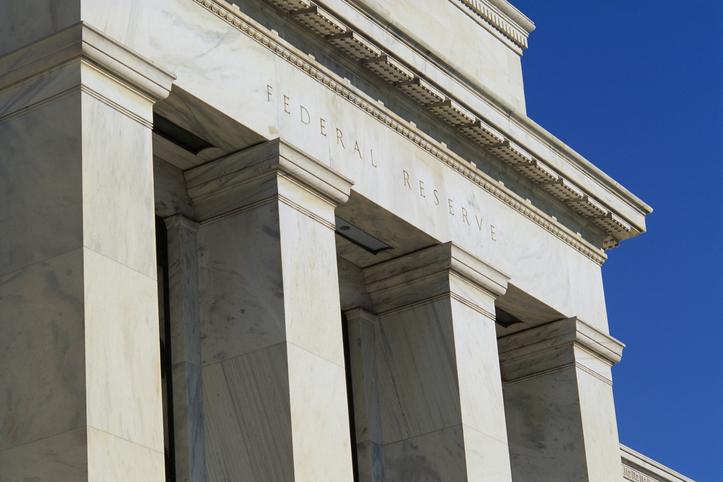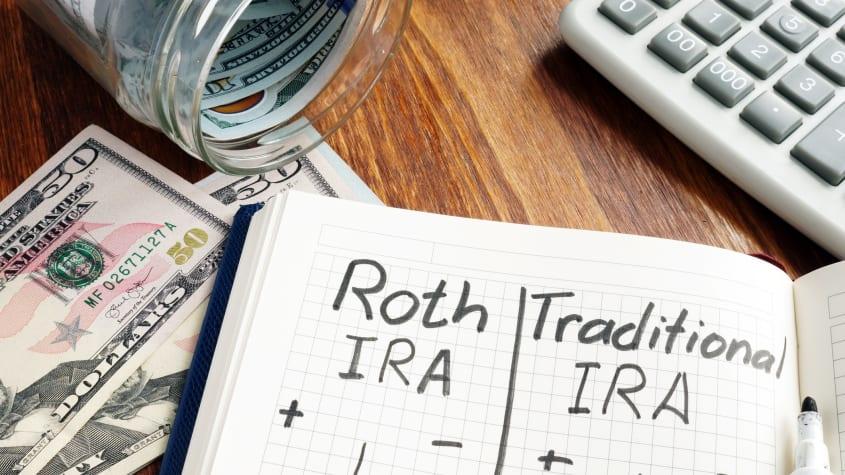The monthly Fed/CPI/Employment headline-market movement industrial complex was rudely shouldered aside in the last week by a much bigger and faster-moving story.
While the fallout from bank failures will take a while to unravel, and the impact on markets will likely be ongoing, the bigger picture wraps right back to the Federal Reserve.
But first, a little recent history lesson.
Didn’t This Get Fixed After 2008?
In 2010, the Dodd-Frank Act was passed to tighten up federal financial regulations. A key provision looked at institutions deemed “too big to fail” and subjected them to higher standards. These institutions, with more than $50 billion in assets, were deemed “systemically important” and came under more scrutiny.
In 2018, bi-partisan legislation was passed that raised the asset threshold for enhanced standards to $250 billion. The Federal Reserve retained the discretion to apply the higher Dodd-Frank regulations to banks with at least $100 billion in assets.
What’s the Role of the FDIC, the Treasury, and the Fed?
The Treasury, the Federal Reserve, and the FDIC, which insures deposits up to $250,000, backstopped the assets of the regional banks so that deposits would be available. To instill confidence in the banking system, the Fed is increasing liquidity by making funds available to other banks as one-year loans through a new program called the Bank Term Funding Program (BTFP).
The difference between now and 2008 is that the funds are going to depositors, not the institutions themselves. The funds won’t come from taxpayers but instead will be drawn from the Deposit Insurance Fund (DIF).
What’s the Impact on the Economy?
The Federal Reserve has clearly positioned a “higher for longer” stance on rates, as inflation is not dropping quickly, and the huge rate increases already enacted appear to not be substantially slowing the labor market. The government’s actions have helped contain the situation with two regional banks, but scrutiny on the regional banking sector has increased.
Stress on the financial sector could help accomplish a much more rapid constriction of credit than what the Fed has been able to do by raising rates. Banks may start shrinking their loan books for several reasons. Outflows of deposits at smaller banks will limit lending. Even larger banks may become more conservative, given increased volatility and the potential for recession. The possibility of new regulations may lead banks to sell off riskier loans or revise loan policies.
Prior to the last week’s events, the economic data showed a healthy but slightly cooling labor market and a lower Consumer Price Index inflation reading. Confidence in the economy, as measured by the Business Roundtable CEO Economic Outlook Survey for the 1st quarter, had increased by six points over the last quarter. However, the market impact is still unfurling. The bond market swung around wildly on the news, which is usually seen as a marker of a pessimistic economic outlook.
The Fed meets next week and will determine whether to raise interest rates again. The consensus has been that the Fed will raise rates by 25 basis points. Given market turmoil and economic uncertainty, there is some thought that the Fed may hold off on rate increase and push the decision to the next meeting in early May.
Volatility was already the watchword for 2023 as the Fed grapples with inflation, a strong labor market, and an economy that is not losing steam quickly enough to lower inflation. One reminder – Chairman Powell has consistently stated that the priority is to keep high inflation from becoming entrenched, as happened in the 1970s and early 1980s.
The Bottom Line
The recent bank failures and the as-yet-unknown impact on the banking sector, the overall market, and the broader economy are creating more volatility in the short term. Investing is a long-term game, and trying to time markets can result in missing the best days of the eventual recovery. Financial planners often act as emotional barriers between individuals chasing returns and running from emotionally charged markets. Without proper guidance, you may lack the understanding and discipline to approach investments wisely.




